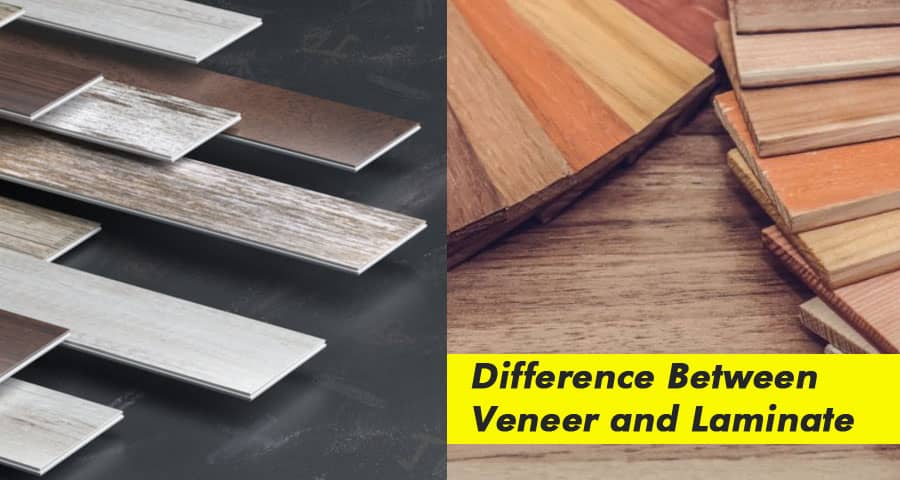Understanding the Difference Between Veneer and Laminate in Construction

In the realm of construction and interior design, the terms veneer and laminate are often used interchangeably, leading to confusion among consumers and professionals alike. However, understanding the nuances between these two materials is crucial for making informed decisions when it comes to building, renovating, or designing spaces.
What is Veneer?
Veneer refers to a thin layer of decorative material that is applied to a substrate, typically wood, to enhance its aesthetic appeal. Unlike solid wood, which is cut from a single piece of timber, veneer is sliced or peeled from logs and then adhered to a core material using adhesives. This process allows for the utilization of rare or exotic woods, making veneer a popular choice for achieving luxurious finishes without the associated cost.
Types of Veneer
Veneers come in various types, each offering unique characteristics and visual effects:
- Natural Veneer: Derived directly from wood logs, natural veneer showcases the authentic grain patterns and textures of different wood species.
- Reconstituted Veneer: Manufactured by blending real wood fibers with resins, reconstituted veneer provides consistency in color and grain, making it an ideal option for large-scale projects.
What is Laminate?
Laminate, on the other hand, is a synthetic material composed of multiple layers bonded together under high pressure and temperature. Typically, laminate consists of a decorative paper layer, a core layer (usually made of compressed wood fibers), and a protective overlay. This construction imparts durability and resistance to moisture, scratches, and stains, making laminate a practical choice for high-traffic areas.
Types of Laminate
Laminate materials vary in composition and properties, catering to diverse requirements:
- High-Pressure Laminate (HPL): Engineered for superior durability, HPL comprises multiple layers of kraft paper saturated with phenolic resins. It is commonly used in commercial settings due to its robustness and longevity.
- Low-Pressure Laminate (LPL): LPL features a single decorative paper layer fused with melamine resin onto a substrate. While less expensive than HPL, LPL offers sufficient performance for residential applications.
Key Differences Between Veneer and Laminate
While veneer and laminate may share similarities in their decorative functions, several distinguishing factors set them apart:
- Material Composition: Veneer is crafted from real wood, preserving the natural beauty and texture of timber, whereas laminate is a synthetic product designed to mimic various surface finishes.
- Durability: Laminate exhibits greater resistance to moisture, scratches, and fading compared to veneer, making it suitable for environments prone to wear and tear.
- Cost: Veneer tends to be more expensive than laminate due to its authentic wood composition and intricate manufacturing process.
- Repairability: While minor scratches and dents can be repaired on veneer surfaces through sanding and refinishing, laminate offers limited repair options, often requiring replacement of the affected area.
- Aesthetics: Veneer provides a rich, organic appearance with unique grain patterns and color variations, whereas laminate offers a wide range of customizable designs, including wood, stone, and abstract motifs.
Applications
Understanding the distinct characteristics of veneer and laminate enables architects, interior designers, and homeowners to make informed decisions based on their specific needs and preferences:
- Veneer Applications: Veneer is commonly used for furniture, cabinetry, wall paneling, and architectural millwork, adding warmth and sophistication to interior spaces.
- Laminate Applications: Laminate finds extensive use in kitchen countertops, flooring, wall cladding, and commercial fixtures, offering durability and design versatility.
Conclusion
In summary, while both veneer and laminate serve as decorative surfacing materials, they differ significantly in terms of composition, durability, cost, repairability, and aesthetics. By understanding these disparities, individuals can select the most suitable material for their projects, whether it involves creating bespoke furniture pieces or renovating commercial interiors.
